Ever considered a city break in Stuttgart, Germany? Stuttgart lies in the country’s southwest and is the state capital of Baden-Württemberg.
Disclosure: Some of the links below and banners are affiliate links, meaning, at no additional cost to you, I will earn a commission if you click through and make a purchase.
The city centre is compact and easy to explore on foot. Königstrasse, on which you’ll find many well-known high street stores, is Germany’s longest pedestrianised shopping street. The Classical style Königsbau Passagen was developed into a multi-storey shopping mall in 2006. Its food lounge, on the second floor, offers two hours of free wi-fi access.
A series of interconnected parkland runs from Schlossplatz, a centrally situated square, and the nearby Schlossgarten, the palace gardens, to the River Neckar. It’s a good area to run in if you’re staying in a city centre hotel on business and want to get out into fresh air at the start or end of the day.
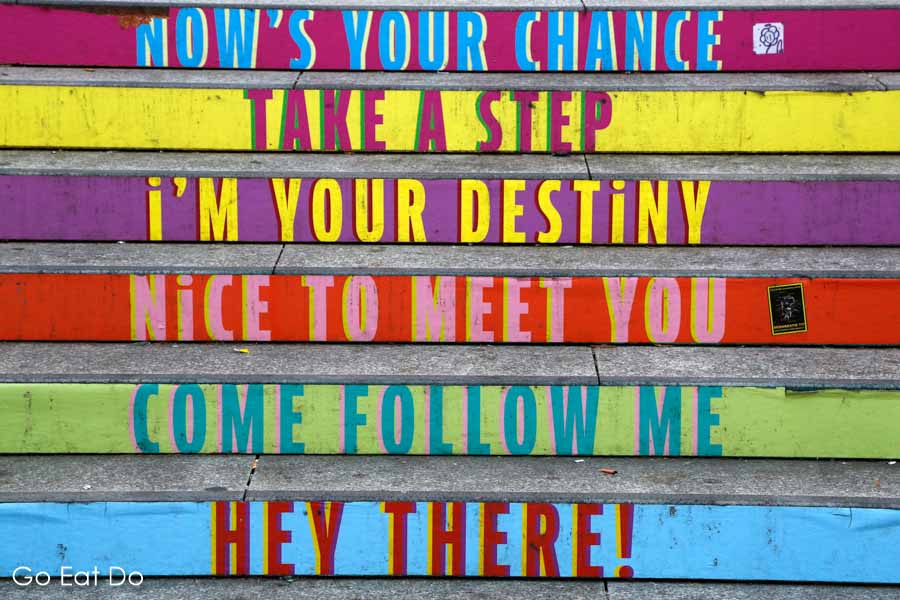
Stuttgart’s museums and art galleries
You’ll find a number of museums and art galleries clustered around the city’s core, providing you with plenty to look at if you’re visiting for a weekend of history and culture. The Kunstmuseum Stuttgart (Stuttgart Art Museum) and Staatsgalerie Stuttgart (State Art Gallery) are two of the most popular starting points for art aficionados. The Haus der Geschichte Baden-Württemberg introduces the modern history and heritage of the region. The Landesmuseum traces that history back to prehistoric times.
Locals like to say their city lies between woodland and vines. If you hire a car you can soon be walking on estates in the Württemberg wine-producing region, one of 13 demarcated production areas within Germany. Some of the region’s best wines are produced by Weinmanufaktur Untertürkheim, from where you don’t have far to drive to reach the Sepulchral Chapel on Württemberg Hill. The views over the Neckar Valley and Stuttgart are second to none, one of the reasons why King Wilhelm I, who is buried within the chapel next to Queen Katharina, loved this spot.

The Mercedes-Benz and Porsche Museums
If you enjoy automotive history then plan at least a couple of hours to tour the Mercedes-Benz Museum, which traces the history of the motor car from its invention to the present day. The Porsche Museum is also impressive and warrants a visit for its bold, contemporary design.
If you enjoy good food and drink then plan time to browse stalls within the Markthalle, an Art Nouveau-style market hall designed by Martin Elsässer and opened in 1914. With fresh produce, meats and wine it’s a good place to stock up for a picnic. The market’s glass ceiling provides natural light.
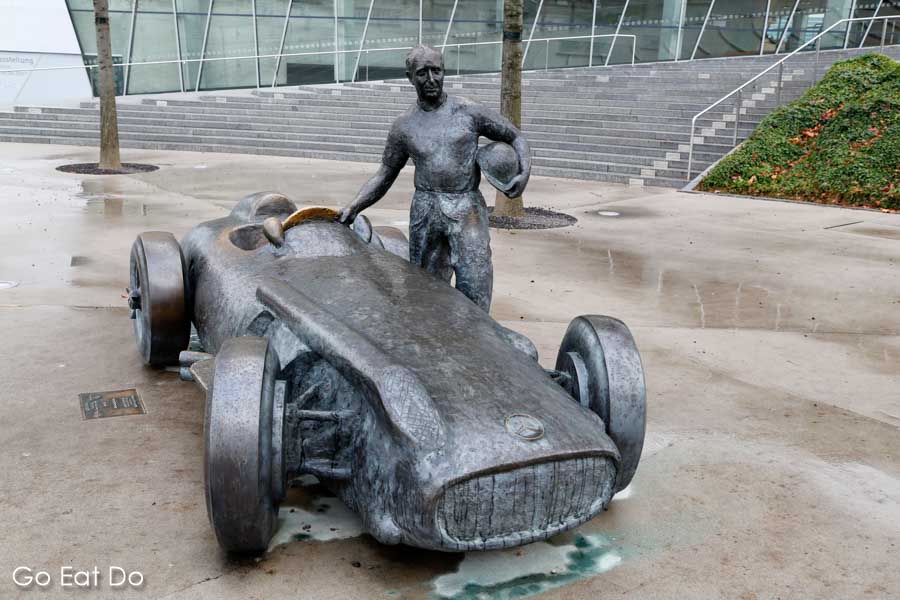
Stuttgart’s Stauffenberg Memorial
The Stauffenberg Memorial stands in memory of two brothers, Claus and Berthold von Stauffenberg, whose experiences during World War Two resulted in them making an effort to overthrow the Nazi leadership. They plotted to assassinate Adolf Hitler by detonating a bomb at the Wolfsschanze bunker in East Prussia (today Poland) on 20 July 1944. The events are dramatized in the film Valkyrie, in which Tom Cruise plays the role of Claus, Graf von Stauffenberg. The brothers were both executed for their role in the plot.
The memorial is located in a bunker-like, vaulted room within Stuttgart’s Altes Schloss (Old Castle). From 1909 until 1919 the Stauffenberg brothers lived in the castle as their father held the position of Oberhofmarschall, Grand Marshal at the Court of King Wilhelm II of Württemberg.
The thick walls of the former castle archive bear the scars of war. The memorial tells the life story of the two lads, who went on to successful legal and military careers. The exhibits include photos and the cello that Claus played before being maimed in North Africa in 1943.

Bathing in Stuttgart and Bad Cannstatt
Approximately 22 million litres of mineral water flow from 19 springs in Stuttgart, meaning the city has the most plentiful supply in western Europe. MineralBad Cannstatt, Mineral-Bad Berg and Das Leuze mineral baths are three municipal baths with swimming pools, sauna and wellness areas.
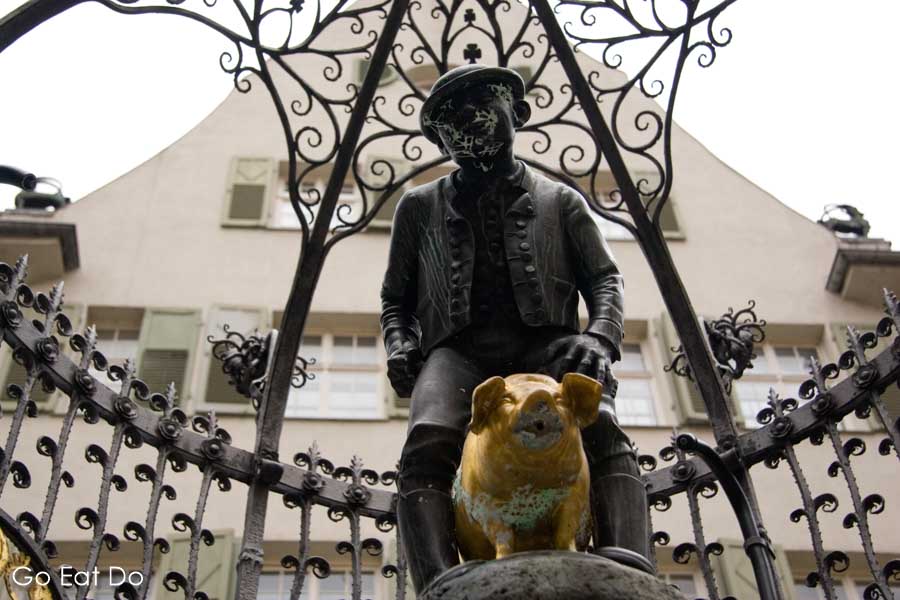
When to visit Stuttgart
If you enjoy beer and beer festivals then you may want your visit to coincide with one of the annual events held at the riverside site known as the Cannstatter Wasen. Sometimes referred to as the Cannstatter Volksfest, the event is second only in size to the Munich Oktoberfest. Both are autumn events, running from September into October, and feature funfairs as well as beer tents. Stuttgart’s festival draws approximately four million visitors a year.
A similar number of people visit the Christmas markets held in Stuttgart. Stalls are set out in the city centre, running from Hirschstrasse, through the marketplace by the town hall, then along Kirchstrasse to Schillerplatz, between the Old Castle, which houses Baden-Württemberg’s state museum, and the Old Chancellory building.
Stuttgart Christmas market, held during the Advent season, was first mentioned in documents dating from 1692 but it’s thought to be significantly older.
The Stuttgart Spring Festival, known in German as the Stuttgarter Frühlingsfest, typically takes place from April into May and lays claim to being the biggest festival of its kind in the world.
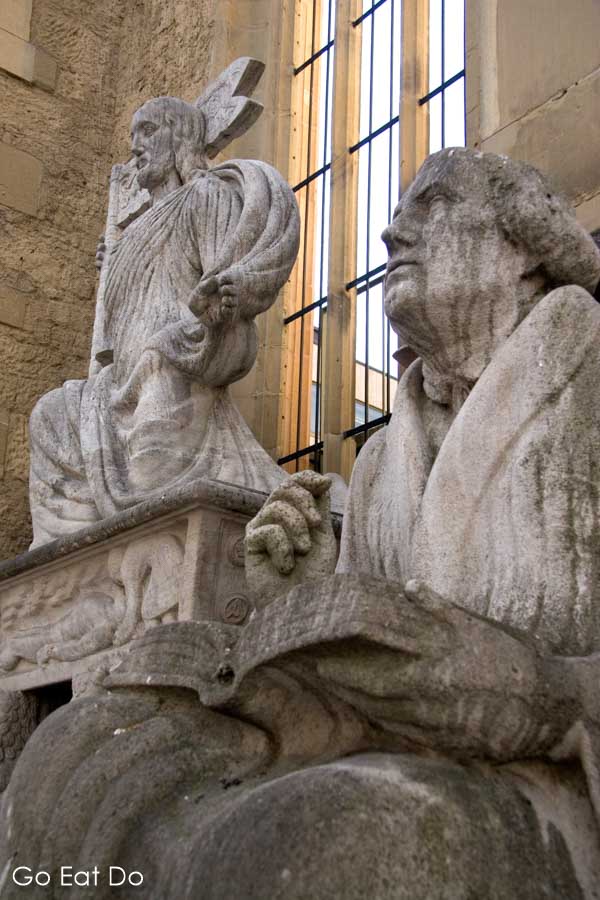
Getting to Stuttgart
The city’s central railway station is in use and currently undergoing major redevelopment, part of the Stuttgart 21 project, whose vision is to make Stuttgart a regional transport hub with high-speed connections to other European cities.
A number of international airlines operate flights to and from Stuttgart Airport. I flew to the city from Newcastle via British Airways’ London Heathrow hub.
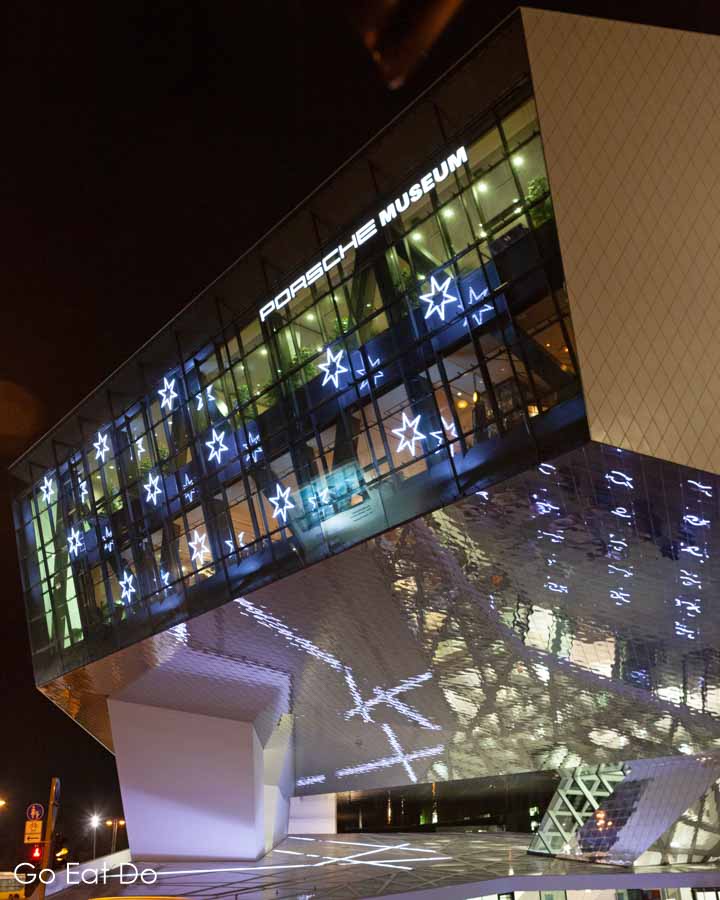
Further information
Find out more about the city and surrounding area via the Stuttgart Region website.
See the Tourism Baden-Württemberg website for information about the surrounding state and Germany Travel for more about the country.
Photos illustrating this post are by Why Eye Photography.
If you enjoyed this post why not sign up for the free Go Eat Do newsletter? It’s a hassle-free way of getting links to posts on a monthly basis.
‘Like’ the Go Eat Do Facebook page to see more photos and content.




